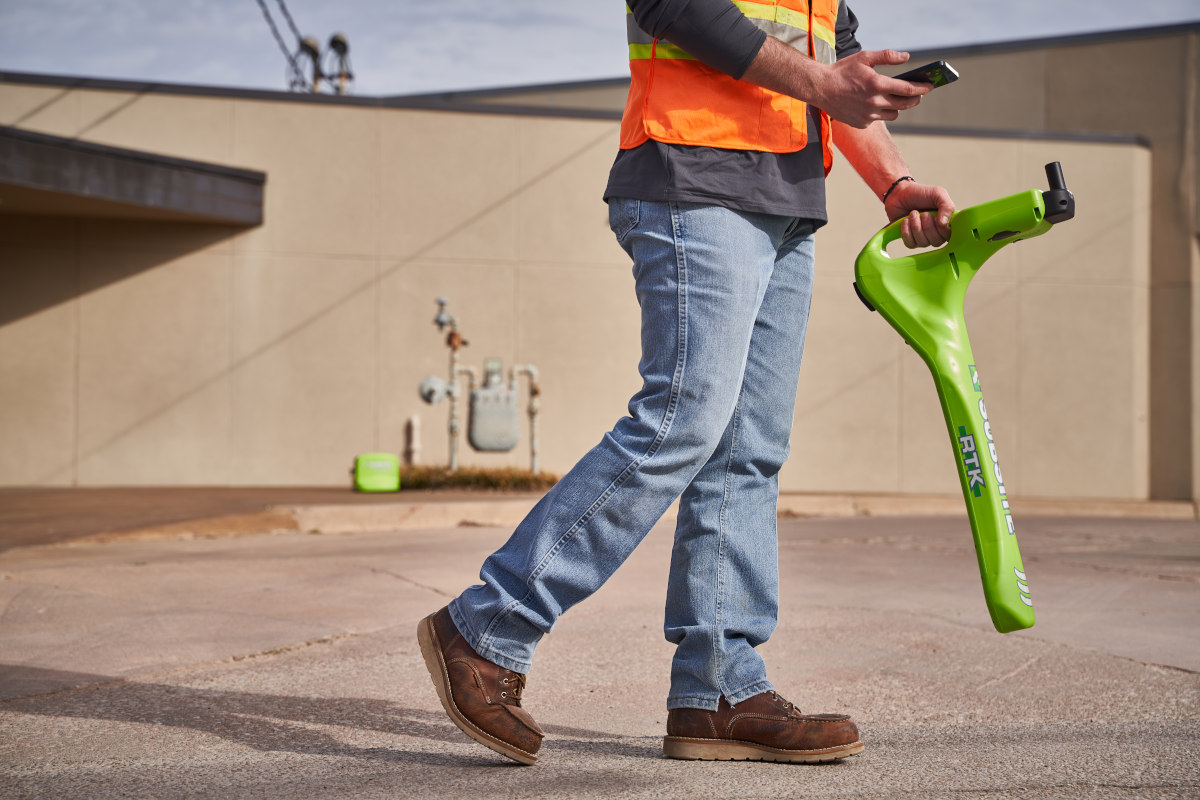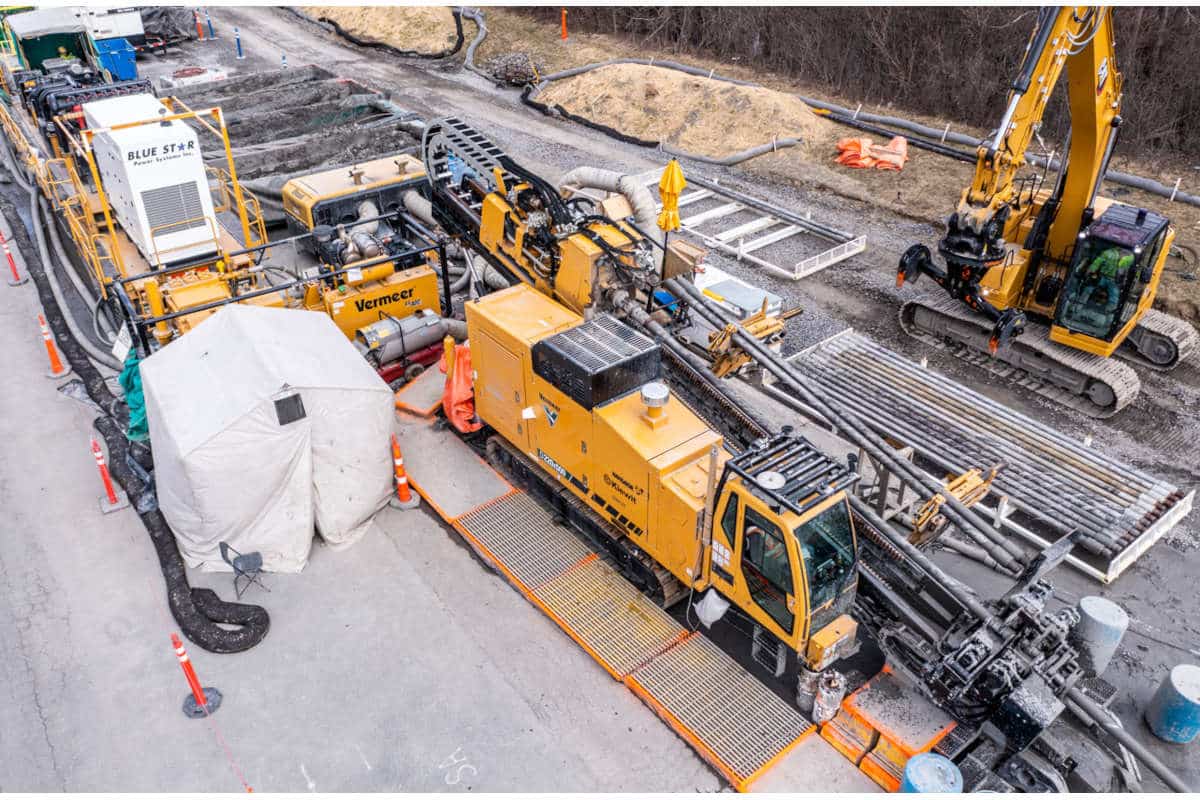Drill Master: Patience is the Key in Locating Gravity Sewer Bores
The preparation for a gravity sewer bore will sometimes take longer than the actual bore. All of the HDD locating manufacturing companies will first stress patience. If patience is not practiced, the more likely the bore will not be successful. You must remain committed to the boreplan.
Establish grade of the borepath by shooting the intended path with a laser or transit. Use bore planning software, which can be purchased through your HDD dealer. Grade/depth stakes with elevation markings have to be used along with topography and lay of the land. These stakes will be your benchmark for the bore. Core samples taken in the bore path can be a helpful hint of the soil conditions. Boulders and pit run are not conducive to graded sewer bores.
Preparing the Transmitter and Drill Head
Turn on the tracking unit (receiver). Insert batteries into the transmitter. If you feel the bore will last longer than the recommended battery life span, use extended life lithium batteries. Check the sensitive pitch transmitter for accuracy with a digital level. Make sure you know the accuracy (plus or minus) of the digital level. Most of the sensitive pitch transmitters have a plus or minus 0.4 percent. Account for any discrepancies. Now check the transmitter housing with the digital level. It is imperative to have a straight housing with no bends. Insert the transmitter into the level housing. Shim the transmitter to level. Secure the transmitter so it can not move in the housing. If using a starter rod, make sure it is straight. Try to use all straight rods for the bore.
Start the Bore
Set the HDD machine up at the predetermined area behind the borepath. After establishing grade and depth at the first grade stake, check the pitch readings every 2 to 3 ft, depending on the soil conditions. If the drill operator feels the head has hit an object underground, stop and check direction and pitch. Stick to the boreplan! In certain soil conditions, you might have to “double drill” — that is, pull back the rod, and drill the rod back in. If the bore becomes out of “spec,” pull back to the area where it will be easier to bring it back into “spec.”
Patience has to be practiced in the forward borepath. Trying to speed up the process will only ruin the plan. Follow the drill manufacturers’ instructions for forward drill speed and water pump gallons per minute. Prereaming and backreaming are also very important. Follow all guidelines set up for gallons per minute compared to pullback speed for the size reamer and product being installed. Backreaming too quickly could make the bore rise. Backreaming too slowly could make the bore drop. As you can see, the sensitive pitch transmitter is only part of a successful HDD gravity sewer bore. These other variables will have a great impact on the success of the bore. If performed properly, there is profit in HDD gravity sewer boring.




